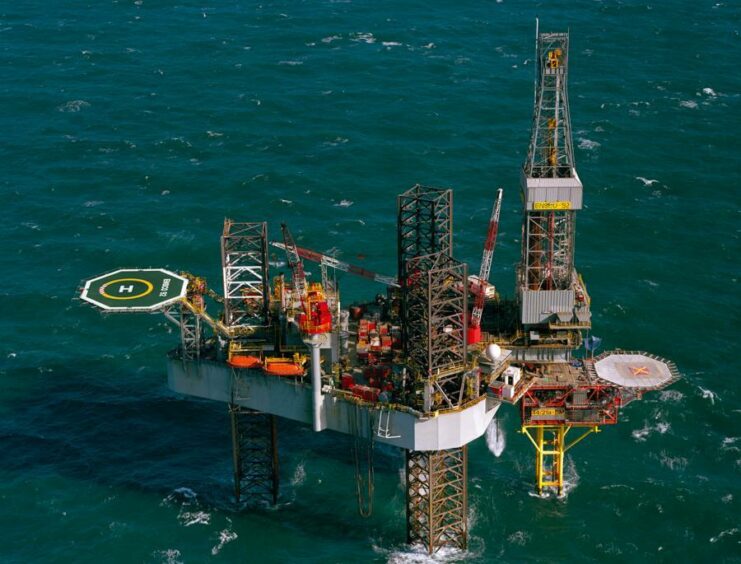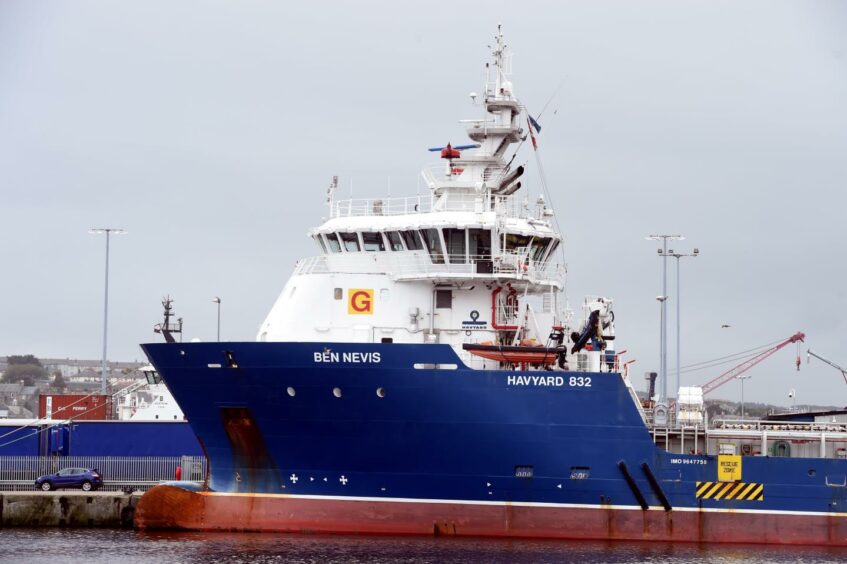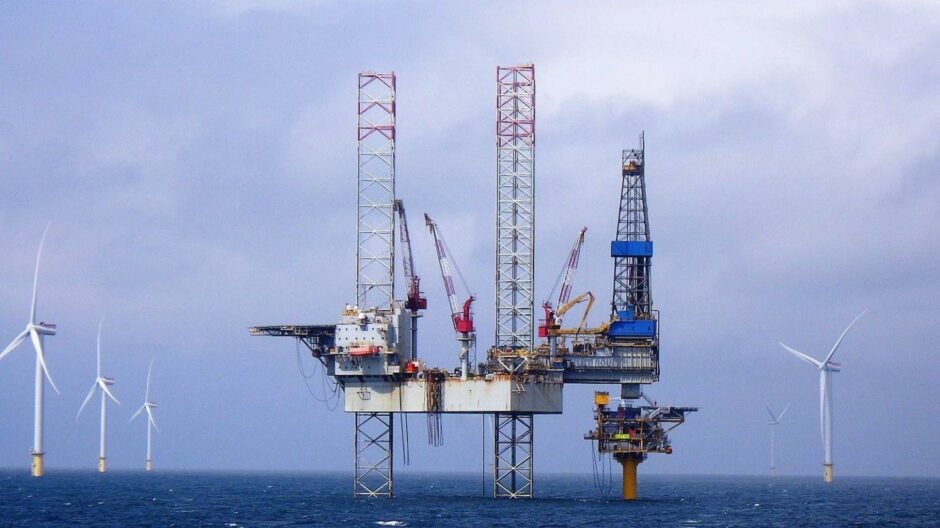
Valaris has been criticised by the safety watchdog after a North Sea supply ship sustained “significant damage” after crashing into one of its offshore rigs.
The drilling contractor has been accused of not protecting workers from the risk of injury arising from platform supply vessels (PSV) colliding with mobile installations.
The Health and Safety Executive (HSE) said Valaris had failed to implement a “safe system of work” to control ship operations within the 500 metre safety radius around rigs.
According to an improvement notice served by the regulator, on November 17 a cargo transfer was carried out between the Ben Nevis PSV and the Valaris 92 jack-up, previously called the Ensco 92.
The vessel was on the “drift-on” side, where both the wind and current were pushing it towards the rig.
Suitable and sufficient risk assessments and safeguards – such as maximum environmental limits for drift-on working – weren’t in place, the HSE said.
Accordingly when the Ben Nevis tried to comply with a request to change place it was no longer able to maintain position.
By a “combination of wind and current” it crashed into the forward leg of the Valaris 92, which “sustained significant damage” to the ship and it took on water.
As a result of the damage the Ben Nevis had to return to port for repairs.
According to a Valaris fleet status report the jack-up was working in the UK for North Sea operator Harbour Energy at the time of the crash.
The contract was due to expire in December having started in February 2017.
The HSE said: “The manner in which you (Valaris) performed the marine operation was contrary to your client’s marine operations procedures, the vessels operating procedures, and recognised marine industry practice and guidelines, which advise that ‘risk of collision can be reduced by avoiding weather side working unless absolutely necessary and only under tight control after a risk assessment involving the vessel master and the OIM’ and ‘Any requirement to work on the weatherside of a facility must be risk assessed prior to moving into the set-up position’.
“It shall be continuously reassessed until the relevant operations have been completed.”
Valaris, which has been contacted for comment, has until the end of March to comply with the order.
Other collisions
The HSE launched a similar investigation last year after a rescue ship “made contact” with a Noble Corporation oil rig leg.
It happened just before work was stopped at North Sea operator IOG’s flagship Saturn Banks project due to an “issue” with the jack-up.
The Noble Hans Deul jack-up rig was forced to return to port after a problem was flagged with one its legs in October.
It had been stationed at the IOG Southwark installation in the Southern North Sea.
Energy Voice reported that, on August 22, an ERRV rescue vessel “made contact” with the same portside leg while stationed at the nearby Blythe installation for IOG.
HSE, Noble Corporation (NYSE: NE) and Esvagt, the owners of the ERRV vessel, said the information to date does not suggest the two cases are connected.
The Ben Nevis
The Malta-registered Ben Nevis PSV was detained in Aberdeen Harbour in 2020 as part of a dispute over unpaid wages.
It set sail from the Granite City in October that year after being released by the UK Maritime and Coastguard Agency but just a few weeks later it was back in trouble.
Documents shared with Energy Voice showed the Ben Nevis had been detained in the Port of Rotterdam.
It is understood 15 crew members were owed wages when inspectors at the harbour seized the vessel, owned by Indian firm Global Offshore Services (GOS).

 © Supplied by JIM IRVINE/DCT Media
© Supplied by JIM IRVINE/DCT Media © Supplied by IOG
© Supplied by IOG